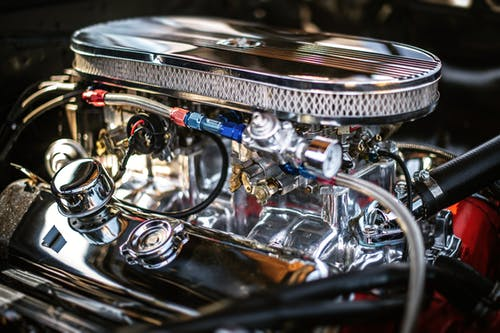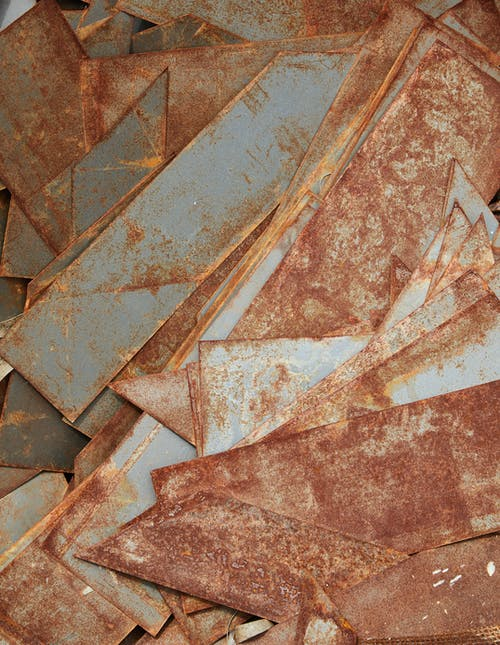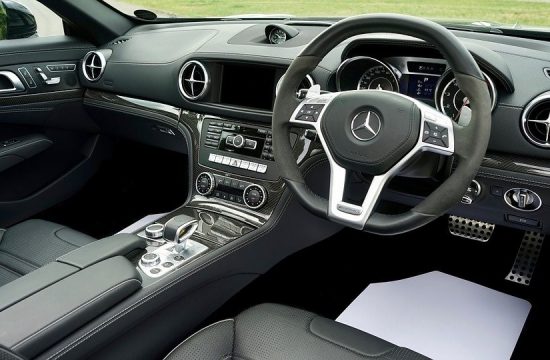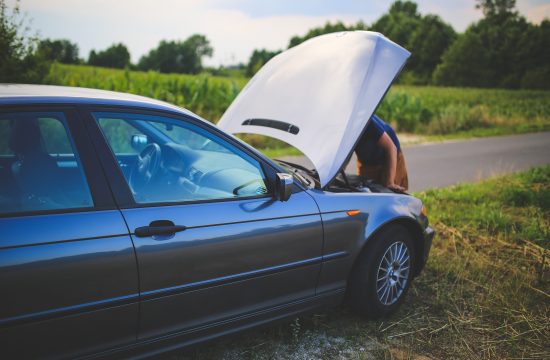Any machinery is prone to wear and tear. With continuous and robust use, machines demand repair and maintenance. With routine checks, the damage can be minimised, but still, there might come a time when a machine part needs to be changed. A cylinder liner is no different. There are many reasons why a cylinder liner wears down over time.
If you want to know when to change your cylinder liner, you need to be aware of what is causing this wear in the first place. There are many reasons for cylinder line wear. These comprise the following:
1. Friction is not a Friend
Friction causes wear like no other. When two surfaces are sliding over one another, they are causing friction. Any kind of friction causes a certain type of wear on the surface. The surface in cylinder liners includes those of the piston rings that slide over the cylinder liner. The wear due to friction depends on many causes that include the smoothness of the surface, the speed of sliding, the material of the surfaces, the engine load, the temperature, the lubrication used, along with the combustion efficiency.
2. Abrasion is another Fiend
Abrasion happens when hard particles are formed in the liner during combustion. A variety of factors can cause abrasive wear. These involve metal swarf, ash created during combustion, catalytic fines in the fuel, dust, and accumulated wear particles in the lube oil.
The wear due to abrasion is generally seen in the Top Dead Centre (TDC) and the Bottom Dead Centre (BDC) of the liner. The abrasive wear can be immensely damaging to the surface, especially when it is not protected against abrasive wear. If the material is not protected against abrasion, it is also likely to fall prey to corrosion too.
3. Corrosion will cause irreversible damage
Corrosion in any metal occurs when the material comes into direct contact with either water or the moisture naturally present in the air. It causes the metal to go brittle and lose its strong and durable properties. In a cylinder liner, corrosion is caused when:
- Heavy fuel oil is burned in the combustion space. Any heavy fuel oil comes with high sulphur content. When combustion of heavy fuel happens, acids are formed that can be damaging if not neutralised by the alkaline cylinder oil. These acids will be more damaging the heavier the fuel is since it would mean a higher sulphur content. The acid then formed is sulphuric acid formed after the moisture or condensate is absorbed inside the combustion space.
- Temperature falls in the combustion chamber due to the service load being reduced. With the low load of operation, the temperature is likely to drop. This drop in temperature can cause corrosion if the amount of cylinder oil is not matched appropriately with the load.
Sulphuric acid is once again formed in the liner due to low temperature when the jacket water is less. Sulphur becomes more corrosive with the high moisture in the atmosphere and the high level of condensate in the air. The wear this caused is seen between the quills. When this wear enlarges due to continued deterioration, it resembles the shape of a cover leaf. This process of corrosion near the quills is also called clover leafing.
4. Adhesion and/or scuffing
Adhesion is directly related to abrasion and can be said to be a direct result of it. There exists welding between the liner surface and the piston rings. This welding needs to remain intact so that nothing leaks and the proper functioning is maintained. When the piston moves inside the liner, the welding breaks with continued use.
After this breakage, the cylinder liner is filled with abrasive material. As mentioned above, abrasive material is not good for the health of the liner and would increase the rate of wear in the liner. This problem usually occurs when there is not enough lubrication in the cylinder liner to prevent the breakage of welding due to the intense heat produced by friction.
The liner thus loses its properties of adhesion. The cylinder oil no longer adheres to the surface. This process is also called scuffing because the surface of the liner is polished, giving it a glossy mirror finish.
The Takeaway
Once you realise what causes damage to the cylinder liner, you will understand when they need to be changed. You will also need to know whether the liner is wet or dry. Dry Cylinder Liners can be easily pulled out as they do not have a water seal. Wet liners have grooves in them with seals to prevent any leakage. More damage can be caused to the machine if the cylinder liner is not removed in a proper way.
The Cylinder liners manufacturer ensures that proper care is taken when installation and removal of cylinder liners. For example, the liner should always be kept in an upright position after removal or before installation. Attention should be paid to the condition of the new liner, which should be well-lubricated with clean engine lubricating oil and should be stored in an area that is away from any kind of moisture.
The new liner should be checked for any cracks, scoring or fretting. Cavitation erosion should be looked into and fixed for the long life of the cylinder liner. Another important thing to keep in mind is that whenever new piston rings need to be installed, the cylinder liner will be changed with the rings by default. The size of the piston rings and the cylinder liners should always match.
Conclusion
Changing cylinder liners is something that can be easily detected and done. If you follow certain guidelines, the removal and installation of a cylinder liner can be a hassle-free affair for you. In case of damage during the process, you would have to spend a lot of money to get another liner in place of the damaged one. Inspecting the liner is essential and will help you choose the right machine that will support you in the long run.









